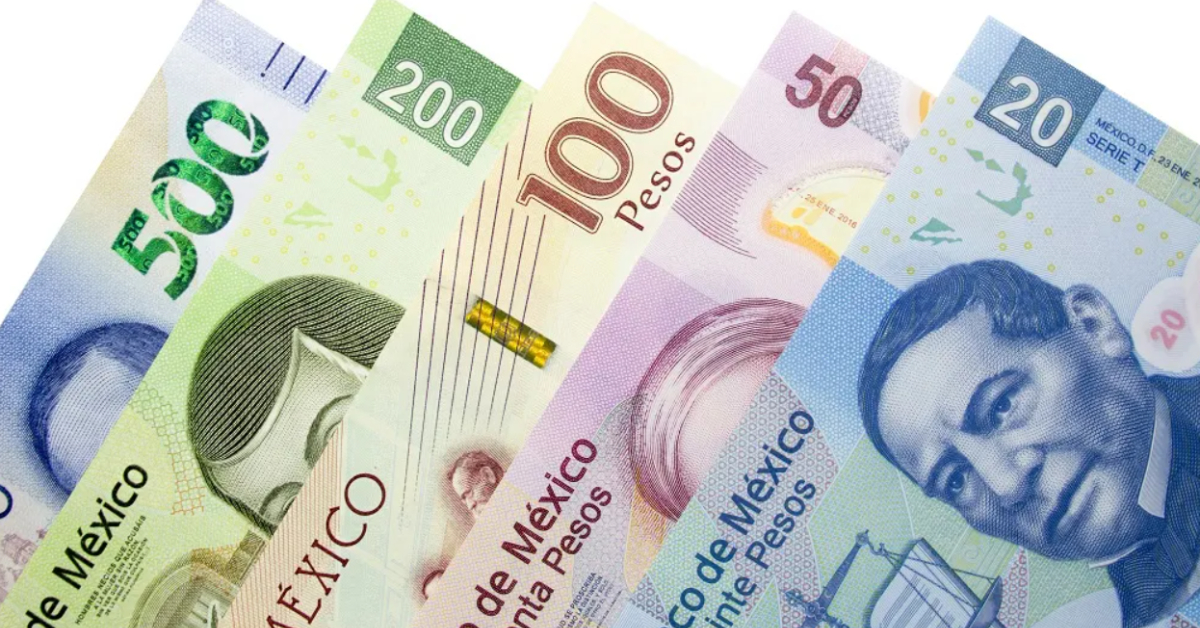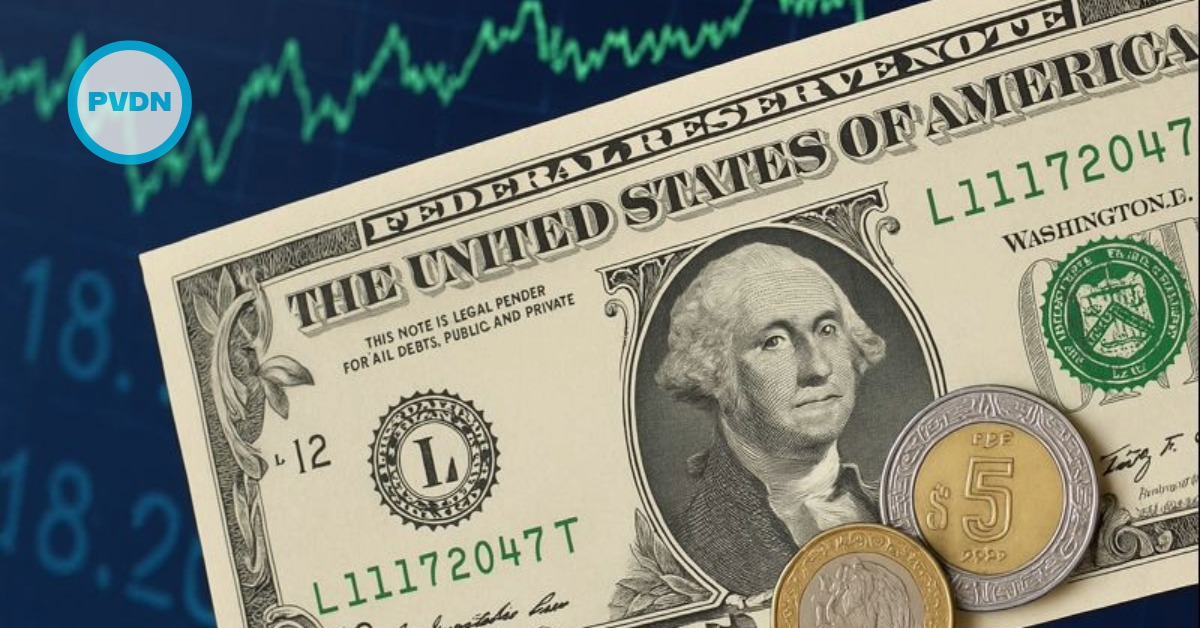Puerto Vallarta, Mexico - The Mexican peso depreciated against the U.S. dollar on Friday, closing out a week marked by a negative balance. With no significant economic indicators to guide the market, the local currency followed the broader regional trend in a session characterized by low trading volumes and ongoing global uncertainties.






